Mayor Discusses Falls Church’s 2040 Plan, Vision for City
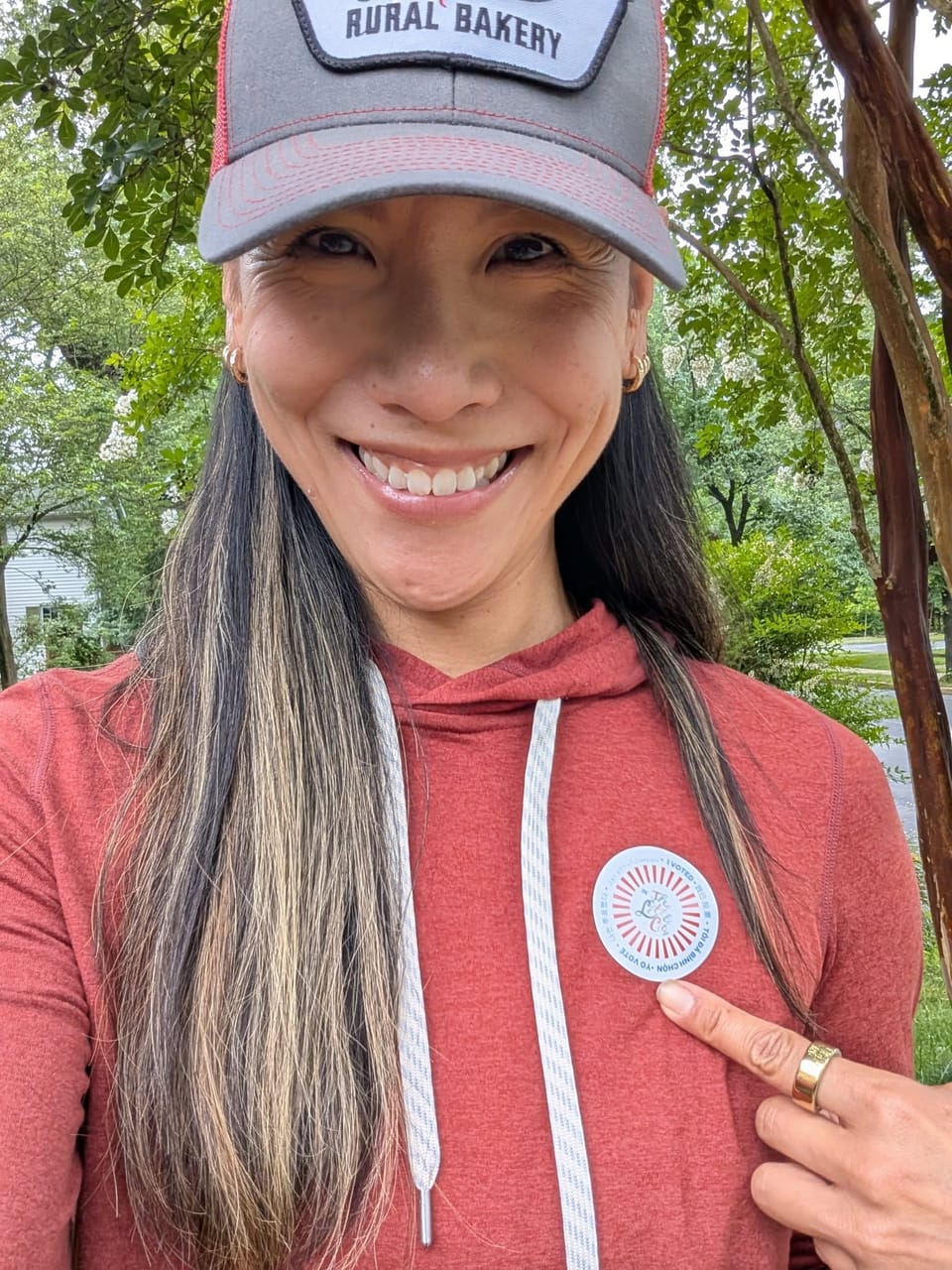
By Annabel Taylor,
The City of Falls Church, Virginia — 2.2 square miles of tree-lined streets, walkable charm and ambitious planning — has been a model for small cities to lead on climate, equity and civic engagement. The City's 2040 Plan, unanimously adopted by the City Council in 2017, envisioned how the city should grow through 2040 in virtually all aspects — from reducing greenhouse gas emissions, to fostering civic groups, to incorporating a diverse housing stock.
According to the City's 2040 Plan, Falls Church will hopefully look like this by the year 2040:
In the year 2040, the City of Falls Church is a welcoming and inclusive community – a special place in the heart of Northern Virginia. Involved citizens are key to the City’s long-term success as a leader in education, environmental sustainability, multi-modal transportation, and vibrant economic development.
By investing in neighborhoods, community services and facilities, schools, and parks the City preserves small-town character and history while honoring a deep commitment to progress and a growing community. The continual rejuvenation of robust commercial areas supports the City’s high quality of life for all citizens.
City of Falls Church Mayor Letty Hardi, who helped shape this vision as a new Council member at the time, spoke with us about the 2040 Plan — how it has affirmed the Little City’s values while also being committed to growth and progress.
“Growth could mean population growth, could mean economic development, but it’s the fact that we weren't going to stay anchored in the past or look backwards. This is a community that cares a lot about education and great public services,” said Hardi. “What I often say is we can tax our way to those services, or we can grow our way into those services.”
This commitment to smart, sustainable growth is already evident in the city’s environmental and transportation priorities. A year and a-half ago, the city adopted two major environmental plans — the Community Energy Action Plan (CEAP) and the Government Operations Energy Action Plan (GOEAP). The plans established an ambitious goal for the city to reduce carbon emissions to 50 percent by 2030 and be carbon neutral by 2050. With one of the biggest contributors to greenhouse gas emissions being transportation, walkability is a key aspect of the 2040 Plan.
Falls Church is a 1940s car-oriented suburb, and while it took years to evolve, it now has a walkability score of 93. In fact, 70 percent of the city is within walking distance from a grocery store. Hardi emphasized that adding places worth walking to — like shops, parks, and cafés — is just as important as incorporating sidewalks, crosswalks and pedestrian safety improvements like the new HAWK signals on Broad Street.
Since the 2040 Plan was adopted in 2017, Falls Church has welcomed multiple mixed-use projects across the city including Founders Row, The Broad and Washington Project and the West Falls Development — which have brought in new housing, businesses and tax revenue, all while helping pay for renovations to the city hall, library and high school.

The city’s compact design has also played a key role in environmental sustainability. Falls Church was one of the first cities in Virginia to introduce curbside composting. Plans are now in motion to make composting a standard citywide curbside service, modeled after how recycling became compulsory in the 1980s.
As the City of Falls Church pushes forward on environmental goals, it's also focused on ensuring that progress is equitable and inclusive. “During the summer of 2020, post-George Floyd and the kind of the nationwide reawakening on what equity means, we had made a commitment that we would better use equity as a lens for all of our decision making,” said Hardi, of the City Council's legislation.
South Washington Street has historically lacked economic and civic investment. Several years ago, the South Washington improvement project was completed, providing the corridor with a new streetscape, lights, and green space. The city implemented historic panels and a new mural honoring the Tinner Hill neighborhood’s rich history as the site of the first rural branch of the National Association for the Advancement of Colored People (NAACP).
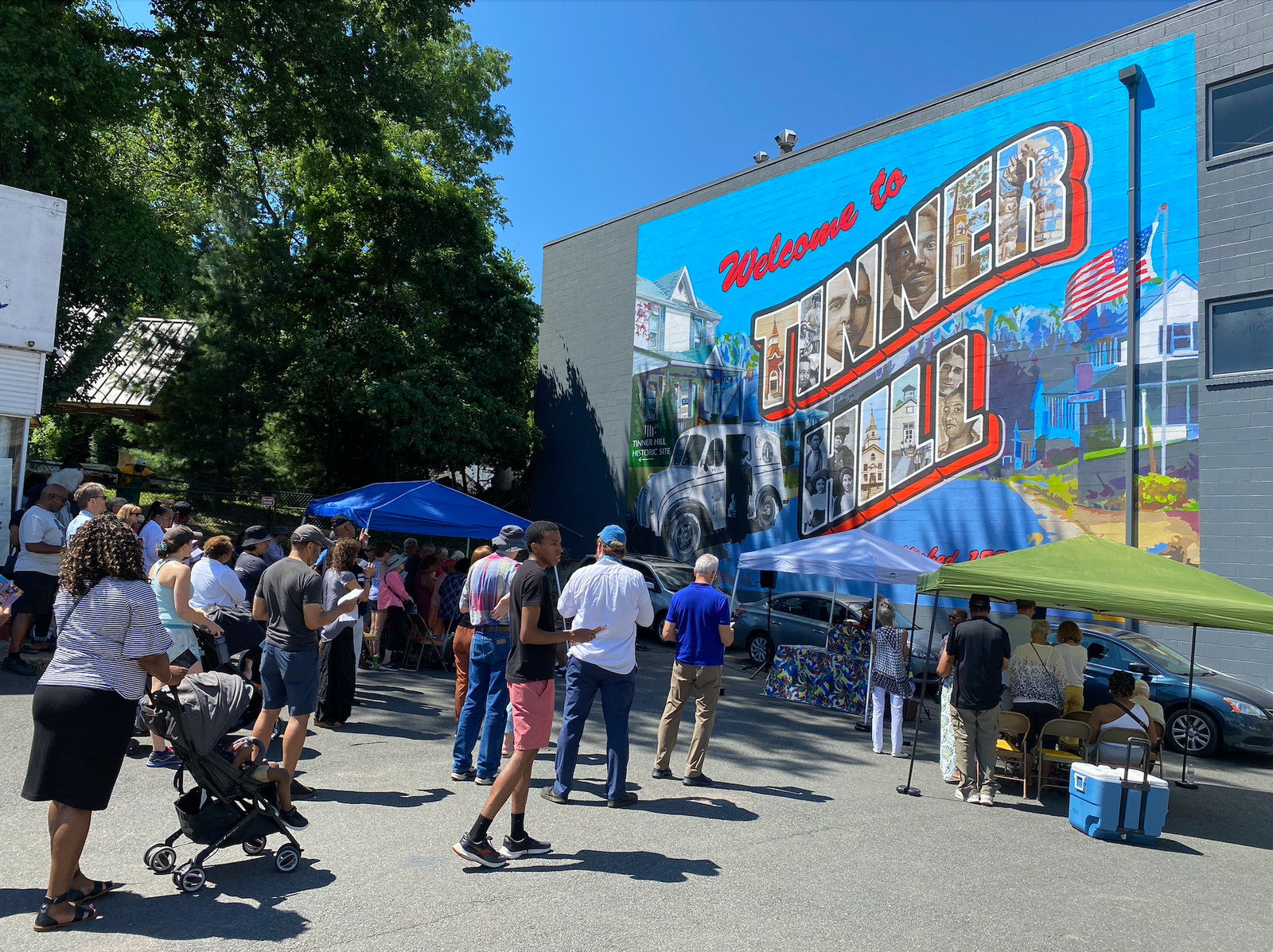
A major part of equity work involves housing — an issue Mayor Hardi considers both a professional and personal priority. In 2003, she and her husband moved to the City of Falls Church as newly-married young professionals. Today, that story is nearly impossible to repeat. The rising cost of living has made it difficult for young people and families to put down roots in the city. Hardi wants other families to have the same opportunity hers did: to live, grow and stay connected in the place they call home.
The City Council’s strategy for addressing the affordability crisis focuses on several key areas. First, preservation: Hardi emphasizes that it's far more efficient to maintain existing affordable units than to build new ones, pointing to the city’s grant support for expiring units in the Reed Building. Second, the city is working to preserve existing affordable housing while ensuring that all new developments include units that will stay affordable indefinitely. They negotiate affordable units in mixed-use buildings, ending the old practice of letting affordability expire after 15–20 years. As a result, Founders Row, Broad & Washington and Modera Falls Church all include permanently affordable units that range from 6-12 percent of the building. Third, the government is focused on diversifying the city’s housing stock by creating “missing middle” options — such as townhouses — which help people transition between small apartments and large single-family homes. Zoning changes have already allowed for 32 townhouses under construction along Park Avenue. The city legalized accessory dwelling units (ADUs), or backyard cottages, offering flexible housing options for seniors, young adults or renters. Ultimately, the mayor sees housing as central to nearly every issue — equity, education, reducing urban sprawl — and she wants Falls Church to remain a place where people from a range of backgrounds and income levels can live and thrive.
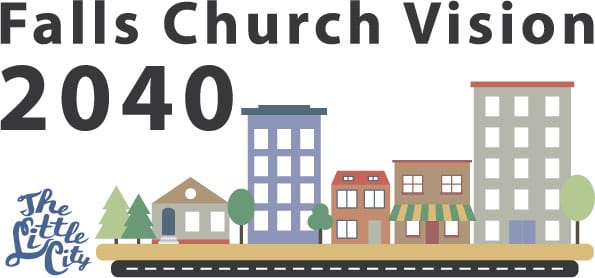
Beyond affordability, the power of urban design — the way cities are planned, organized, and built — is one of the biggest determinants of physical, mental and social health. The 2040 Plan emphasizes implementing pocket parks and open spaces for recreation and environmental sustainability. Named "America's healthiest community" by U.S. News & World Report, Falls Church offers a leading example of how design brings people together.
“You'll see it on Broad Street, like on a beautiful Friday or Saturday night, like people are actually walking on the streets, getting ice cream, hanging out in pocket parks,” said Hardi. “And that feeling of social connectedness is so important that it really combats that social isolation that's an issue in so many other communities.”
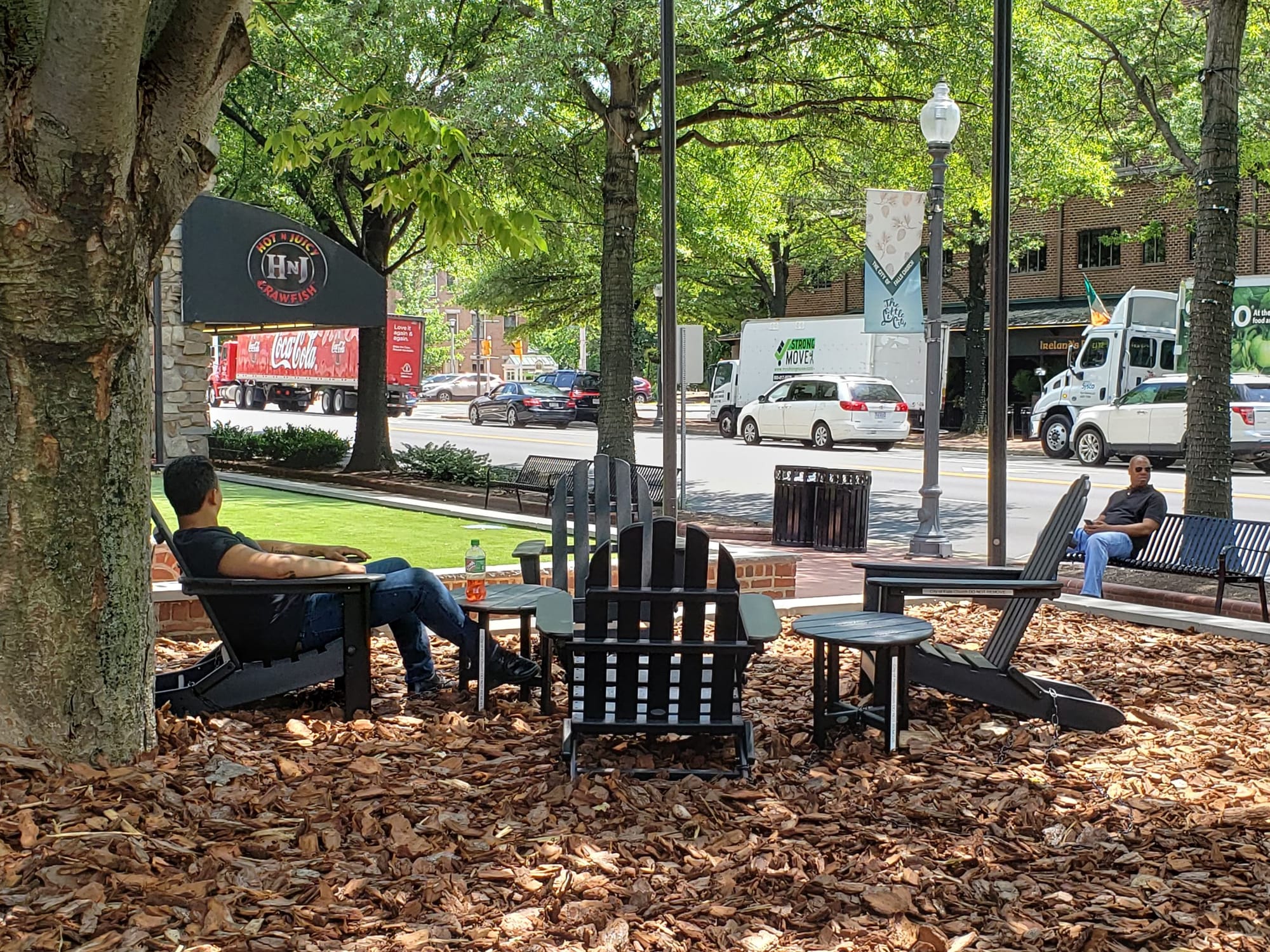
Alongside thoughtful design, a “responsive and accountable government” have been central to the 2040 Plan and Hardi has worked to make that vision a reality. For the past 10 years, she's written a blog as a means to inform residents of the intricacies of Council meetings and local government decision-making. Hardi provides the straight facts and her take on them — so readers can stay informed without an editorial filter.
Civic education events help make local government feel more approachable for younger citizens and underrepresented groups. The civics group Falls Church Forward held a boot camp to demystify the inner workings of local government and help citizens get engaged. Adults can also serve directly on city and regional committees, local boards and commissions — a one to two-hour commitment once a month that gives people the chance to “dip their toes” in local government. Numerous volunteer opportunities allow citizens to give back by picking up trash and painting crosswalks.
Hosting office hours – and in some cases "walking office hours" through local parks – has helped Hardi better inform the community and provide a doorway to engagement. She understands that attending City Hall meetings, especially giving public comment, can be grueling and unsatisfactory. “You have your three minutes and you're done. I would much rather have a two-way dialogue with people. And so office hours and writing my blog give me an opportunity to actually have more connection and more conversation so that I can better listen, and I can better represent your interests.”
Nearly a decade since the 2040 Plan was drafted in 2017, prospects in Falls Church are only looking up. It’s a culture and a community that can’t be penetrated — because even with all this change, one thing has remained constant: Falls Church’s sense of place and identity. Hardi highlighted the city’s “specialness” — its small-town feel with big-city initiatives — as the most meaningful achievement so far.
“We do the small town Memorial Day parade, and you very much still get the vibe that we are a little city. We’re 15,000 people, we're 2.2 square miles,” said Hardi. “No matter how much we grow, I think the people are what make Falls Church special.”
Annabel Taylor is serving as a summer intern for The Falls Church Independent. She's a rising junior at Walt Whitman High School, and an opinion writer for the student-run newspaper. In her free time, she loves to read and write, crochet, and play basketball. This summer, Annabel looks forward to covering a wide variety of topics, from personal blogs to features on the arts, cuisine and culture.

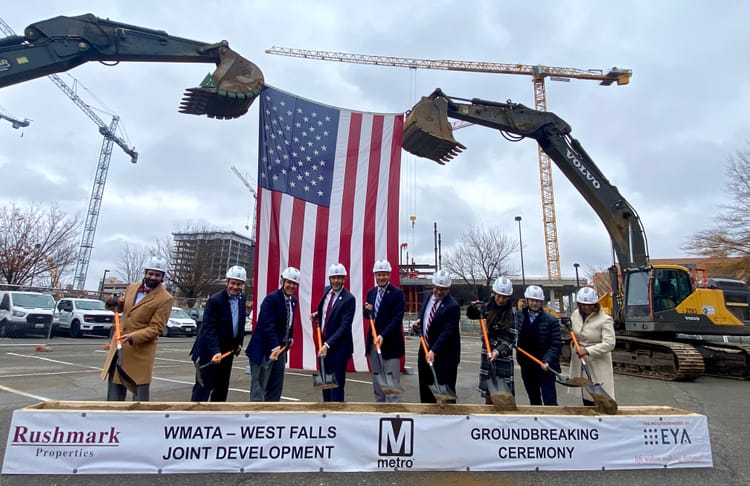

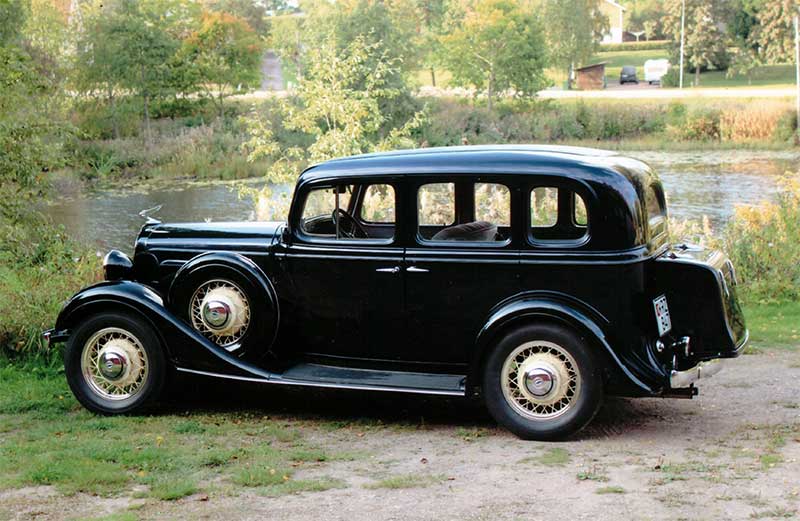
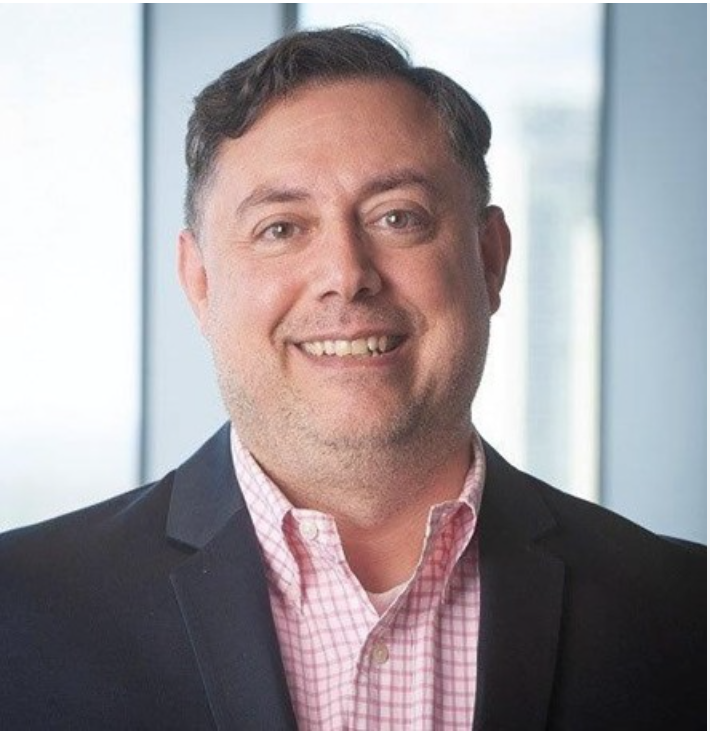
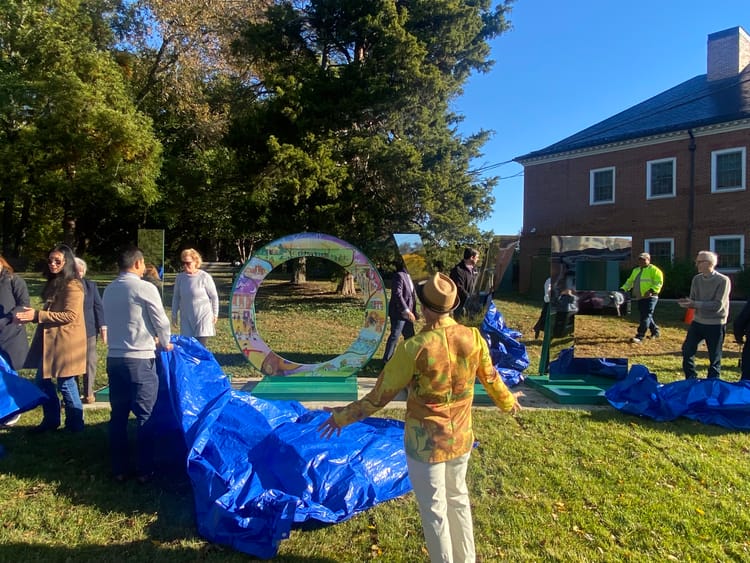
Member discussion